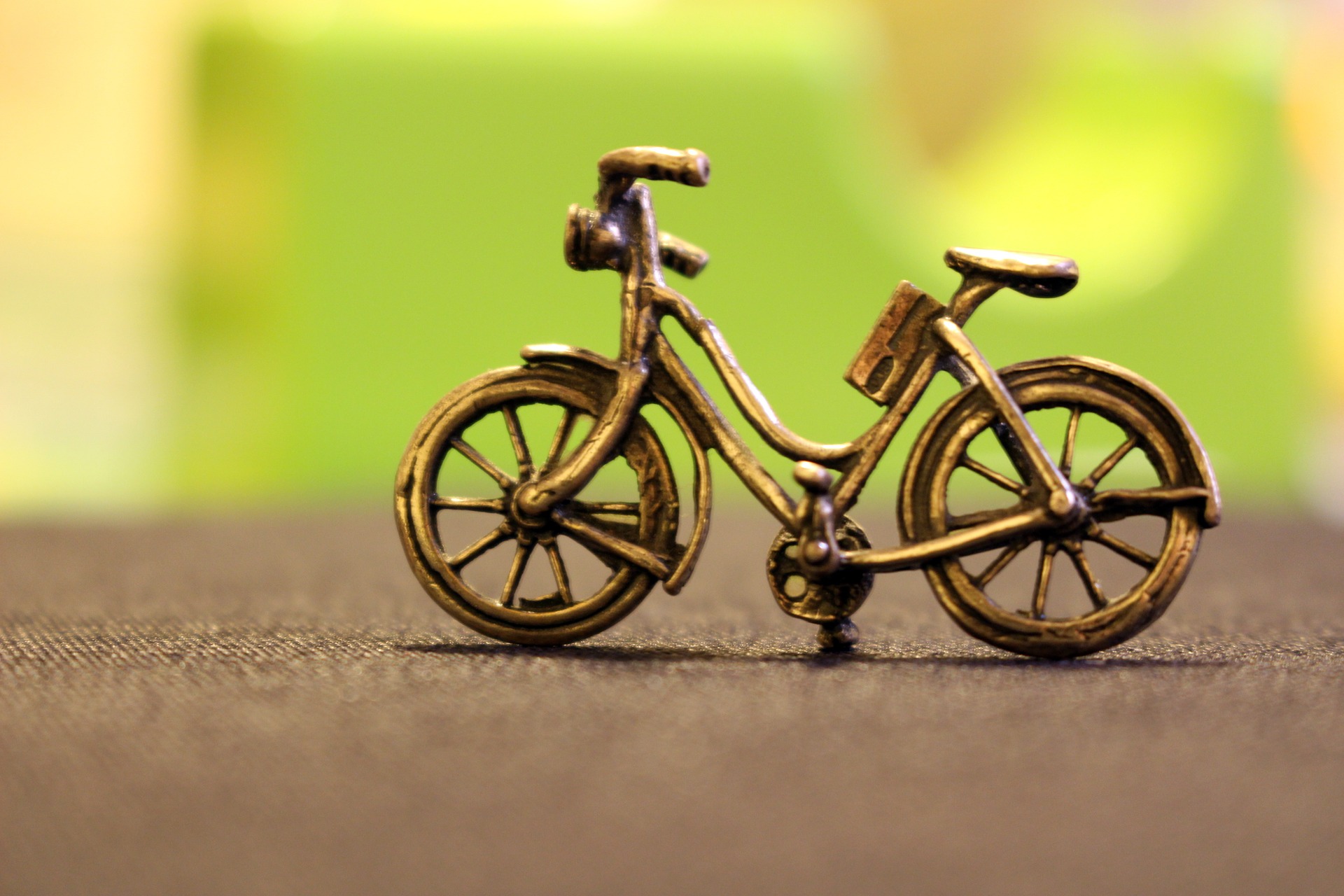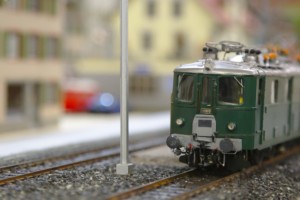Behavioural change / COVID-19 / Sustainability
An econometrist in COVID-19 lock-down

The professional magazines are all abuzz: 30-40% less car traffic on the motorways, a dramatic decline (85%) in public transport and a huge increase in the sales of (e-)bikes. This in a nutshell describes the changes in the travel behaviour of the Dutch population due to the COVID-19 crisis. As an econometrist, I do like some number crunching. However, I’d rather leave the macro-analyses to the real traffic experts.

Instead, I was curious to what extent my own travel behaviour has changed as a consequence of the pandemic lockdown. After all, I’ve been working from home for two and a half months, all business travel (flights, trains, car trips) has all been cancelled, and my social life all but disappeared. So, I wanted to find out how my travel behaviour from March 15th to May 31st this year differs from my average travel behaviour over the same period in the five year between 2015-2019. To do this I used the following sources:
- My business travels declarations, covering both flights and international rail trips (2015-2019);
- My car cost spreadsheet (2015-2020);
- My ‘cycle to work’ spreadsheet (2015-2020);
- My business public transport card (2019 and 2020 only);
- My personal public transport card (2019 and 2020 only);
- An estimate of my cycling and walking trips.

By analysing these sources for the above noted 2.5 months period, I calculated a total mobility in the pre-COVID-19 period of nearly 14,000 kilometres (see Table 1), of which over 45% is for business-related flights (within Europe), 22% is business-related train trips and approximately 20% private car trips.
During the COVID-19 crisis, this travel pattern has completely changed. All business-related trips came to an abrupt halt, as well as the number of private trips being significantly reduced. As a consequence, my total mobility during this period was reduced from the initial 14,000 kilometres to a mere 1360 kilometres, a 90% reduction.
| Distance travelled per mode in kms | 2015-2019 | 2020 | % change |
| Airplane | 6,228 | – | -100% |
| Train: business international | 718 | – | -100% |
| Train: business national | 2,440 | – | -100% |
| Train: private national | 239 | – | -100% |
| Car: business | 850 | – | -100% |
| Car: private | 2,772 | 1,050 | -62% |
| Cycling to work | 446 | – | -100% |
| Cycling (other) | 200 | 150 | -25% |
| Walking | 94 | 160 | 70% |
| Total distance travelled (kms) | 13,987 | 1,360 | -90% |
Table 1: distance travelled in kilometres (March 15th – May 31st)
If this mobility pattern is used to calculate CO2 emissions, then it becomes very clear that the COVID-19 crisis has had a huge impact on my carbon footprint (Table 2). My emissions for the 2.5-months period reduced from 1,79 tons to just 0,19 tons, a decrease of 89%. Of all my mobility-related CO2 emissions in the pre-COVID-19 period, 61% were caused by business-related flights. My private car trips were responsible for 28% of my CO2 emissions.
| CO 2 emission in tons | 2015-2019 | 2020 | % change | share in emissions |
| Airplane | 1.09 | 0.00 | -100% | 61% |
| Train: business international | 0.05 | 0.00 | -100% | 3% |
| Train: business national | 0.00 | 0.00 | – | 0% |
| Train: private national | 0.00 | 0.00 | – | 0% |
| Car: business | 0.15 | 0.00 | -100% | 9% |
| Car: private | 0.50 | 0.19 | -62% | 28% |
| Cycling to work | 0.00 | 0.00 | – | 0% |
| Cycling (other) | 0.00 | 0.00 | – | 0% |
| Walking | 0.00 | 0.00 | – | 0% |
| Total CO 2 emission (tons) | 1.79 | 0.19 | -89% | 100% |
Table 2: mobility-related CO 2 emission in tons (March 15th – May 31st)
Assuming that the period of March 15th to May 31st is representative of the whole year, then my annual mobility-related CO2 emissions amounts to 8.6 tons. According to duurzaamheidsweb the average mobility-related emissions for a Dutch resident is 2.6 tons (in 2012). My emissions are thus 3.3x higher than the Dutch average! This is rather confronting, but at the same time it is also an eye-opener.
 As the analysis has shown, my CO2 emissions are largely caused by my business-related flights. After the experience during the COVID-19 crisis, it is clear a lot can be gained by replacing physical meetings with online meetings. This trend was already starting prior to lockdown, but it really took off throughout these past several months. I’m convinced that in my line of work (consultancy), a significant number of business-related flights (and international train trips) can and will disappear.
As the analysis has shown, my CO2 emissions are largely caused by my business-related flights. After the experience during the COVID-19 crisis, it is clear a lot can be gained by replacing physical meetings with online meetings. This trend was already starting prior to lockdown, but it really took off throughout these past several months. I’m convinced that in my line of work (consultancy), a significant number of business-related flights (and international train trips) can and will disappear.
After the business-related flights, the second highest source of my CO2 emissions, totaling 28%, are private car trips. This is a big wake-up call: either I should further reduce my private car trips, or I should buy a cleaner (read: hybrid/electric) car. With these two modes (plane and car) 89% of my mobility-related CO2 emissions are accounted for. At the same time, mobility-related emissions appear to account for only 20% of a person’s total CO2 emissions. It is evident there are still many more possibilities to reduce my CO2 footprint. But I haven’t made a spreadsheet yet for that…

Ronald Jorna
‘ICT makes the transport chain more intelligent, which contributes to more efficient and sustainable transportation. As a staunch advocate for smart travel, I investigate how ICT can increase the safety and comfort of cyclists. European cooperation and knowledge sharing are important to this work. The choice for a certain modality is a trade-off between time, cost, quality of life and health.’
Senior Advisor ICT and Freight Specialist
r.jorna@mobycon.com

